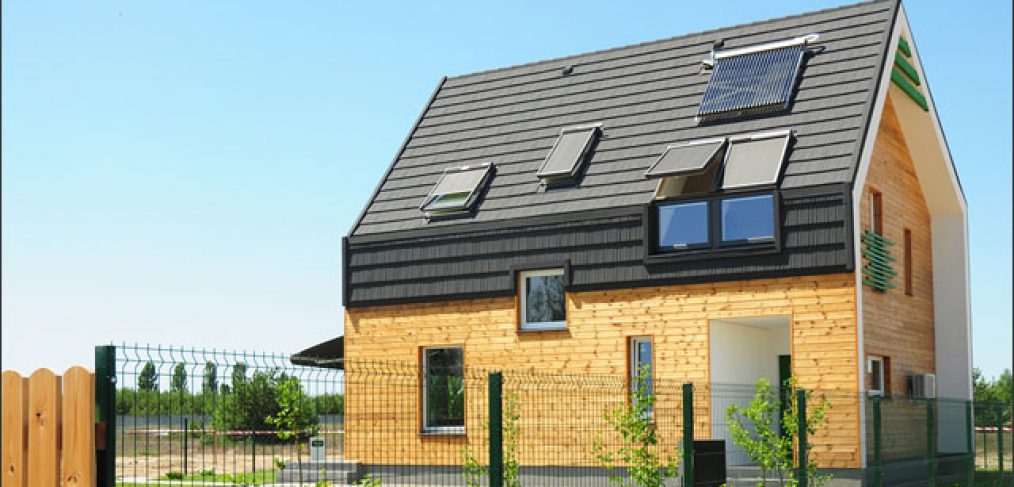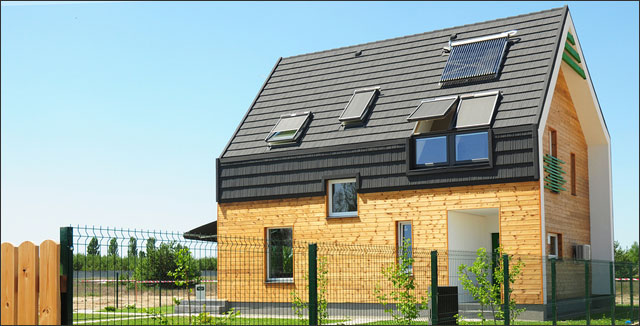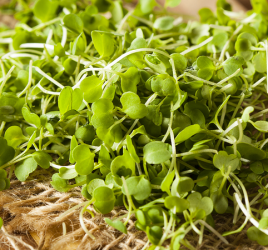
Passive Buildings: Our Green Future Here Now

What if you could decrease your home’s energy use by 90% while keeping the same, comfortable indoor temperature year-round?
Does that sound like an impossibility to you; like something from a Jetsons-like future that never seems to materialize?
What if I told you this technology has existed since the 1970s? In addition, what if I told you could build this home, today, for about 10% higher cost than a traditionally-built home and save around 90% of energy costs for the rest of your life?
What I’m talking about is what has come to be known as passive building.
The way the industry talks about it has actually changed in the last few years from “passive house” to “passive building.” This way of building takes on steam, more and more types of building owners and residents are benefiting from the comfort and energy savings.
The same principles used in passive home building can be applied to build a multi-family apartment building or an office building where the cost increase for construction is only 0-3% over a traditionally made structure, but the energy savings is the same.
What is a Passive Building?
We have relied on fossil fuels for all of our energy needs. Many of our homes were built when fossil fuels were very cheap.
The typical American concept of building is to make a space that achieves the square-footage and look you want and then design a heating and cooling system for the area.
Passive building turns this idea on its head and asks, “How can we keep a house or building at a comfortable temperature using the least amount of resources possible?”
Passive buildings are designed to hold in a constant temperature using the materials and technology we already have. The reason they are called “passive” is that the house is using:
- Your body heat
- The heat from the sun on south-facing walls and windows
- Heat generated from lighting indoors to maintain the interior temperature in cold weather.
Small amounts of fossil fuels or solar power can be used to supplement.
Passive Building Has Been Around For a Long Time
By modern building standards, forty years is a long time. During the mid-1970s OPEC oil embargo, engineering-minded folks in North America and Canada developed passive house technology as a response to oil prices skyrocketing.
According to the Passive House Institute of the United States, American Nobelist Dr. William Shurcliff wrote about passive houses in the 1980s. However, the embargo lifted and we went back to our old ways.
It was the Germans who took the idea and made it better. The first “Passivhaus” was built in Darmstadt, Germany. It was a German physicist – Dr. Wolfgang Feist – and a Swedish scientist – Dr. Bo Adamson – who refined the techniques.
Dr. Feist went on to found the Passivhaus Institut in Darmstadt. It was German architect Katrin Klingenberg who brought passive building back to the United States and established PHIUS: the Passive House Institute of the United States. You can read more about the North American roots of passive building in one of her blog posts.
How are Passive Buildings Different From a Regular House?
To understand one of the main principles of passive building, you need to understand what thermal bridging is and why a passive house doesn’t have it.
We think of our homes and buildings as being relatively weather-tight. A building’s outer layer is designed to keep out the cold and keep in the heat – or vice-versa in hot weather. It’s called the envelope of a building.
When one of the building’s components or objects found in its construction has a higher thermal conductivity than the surrounding materials, it creates a thermal bridge or a path of least resistance for the outside air.
Weather Tight
Passive buildings, however, are extremely weather tight, with no thermal bridging. They are super-insulated, using insulation with an R-value much higher than what is used in traditional construction today. The R-value of insulation refers to its resistance to energy flow.
Eliminates the Leakiness
The other thing passive construction does is to eliminate the leakiness you find in most homes by double or triple sealing its outside envelope, as well as to prevent thermal bridging.
Passive buildings use double or triple-paned windows and high-performance doors. They also try to use the sun to their advantage as much as possible: for passive heat during the cold season as well as to minimize its effect during the warm season.
Energy Efficient
Passive houses and buildings are very energy efficient. In fact, heat emissions from appliances, people, and lights must be factored in and balanced to make sure indoor temperatures remain comfortable in a typical day’s use.
Balanced Heat and Moisture Recovery Ventilation
To prevent moisture build-up and mold, passive buildings use some form of balanced heat and moisture recovery ventilation. Contrary to popular belief that air-tight homes are moldy; passive homes are less prone to mold and moisture due to careful engineering. And yes, you can open and close the windows just like with a typical house!
In my opinion, it’s the ventilation system that is genuinely innovative. Most passive homes are designed with some type of minimal space conditioning system. However, the central ventilation system is engineered so that when the cold air outside is drawn in it is warmed by the heat from the warm air from inside being brought outside.
Here’s the best part: while many of the first passive house designs were more austere and modern, passive construction can look any way at all! You can design an American Foursquare to these specifications and reap the energy savings.
Takeaway
Passive home and building construction is the wave of the past and is finally catching up to our future. In many European cities, this type of development is already the norm.
However, passive building has already made its way to the Midwest – even here in Michigan. It will be exciting to see how this green building is established in this country!



